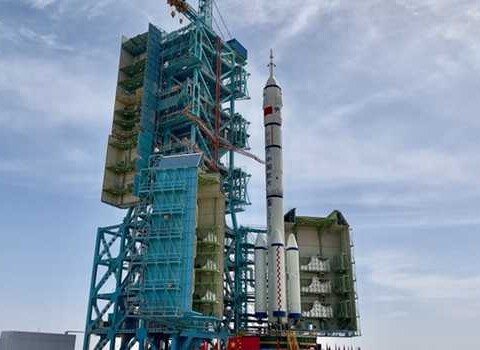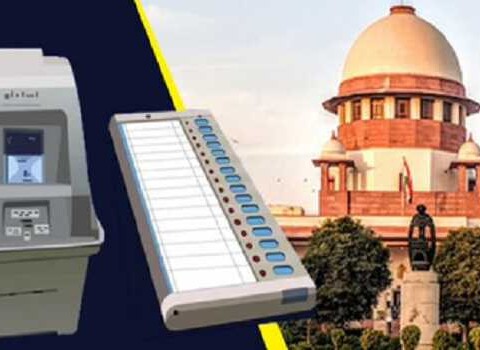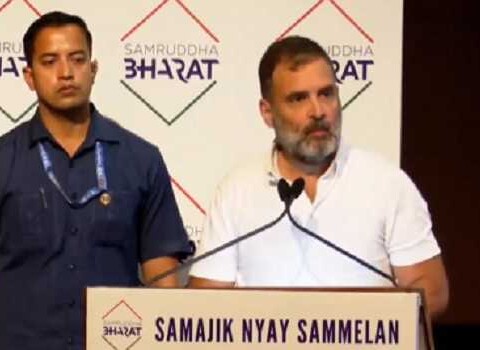The full results of Nepal’s federal elections have yet to be declared, and though it appears that Prime Minister Sher Bahadur Deuba has an edge for retaining his position, others too are jockeying for the top job. This includes members of his party and Prachanda, the exclusion of whose Communist Party of Nepal (Maoist Centre) would make it difficult to muster the required numbers to reach a majority in the House of Representatives. The power-sharing negotiations may, therefore, take time.
ADVERTISEMENT
Ads by
The House consists of 275 members, 165 being elected under the First Past the Post (FPTP) system and 110 through proportional representation (PR).
The Nepali Congress will be the largest party. The Communist Party of Nepal (Unified Marxist–Leninist) [UML], former PM K P Sharma Oli’s party, will be the second largest. Overall, as was the case in the last election in 2017, the importance of a coalition stands underlined. At that time, the communist parties secured nearly two-thirds of the seats in a coalition of the UML and Maoist Centre. That didn’t last the entire term of five years as the coalition partners fell out.
Prime Minister Oli, with the concurrence of the president, then made two attempts in 2021 to dissolve the House, but the Supreme Court intervened, disallowing the dissolution and, in the second ruling, ordering the appointment of Sher Bahadur Deuba as prime minister. The rulings were based on articles in the 2015 Constitution enjoining political parties to try and ensure that the House runs its full term of five years. This time, the Nepali Congress fought the election in coalition with the Maoists, the Communist Party of Nepal (Unified Socialist) of former Prime Minister Madhav Kumar Nepal, and a Madhesi party. Together they are headed for just under the halfway mark of 138.
The election in 2017 saw a voter turnout of around 78%. This time, it was an abysmal 61%, reflecting voter apathy at the political establishment. Several other indications of the popular mood in Nepal appear visible.
The first is a clear sign of a changing Nepal impacted greatly by globalisation, with nearly a quarter of the country’s population being overseas. This is best reflected in the stupendous performance of a newly formed party, the Rastriya Swatantra Party, led by US-returned charismatic TV anchor Rabi Lamichhane, securing over 11% of the proportional vote and becoming the fourth largest party in the House. Reports indicate that Nepalis overseas hugely influenced family members back home to back the Swatantra Party and give newcomers a chance. Some months earlier, Kathmandu had similarly witnessed the election of Balen Shah, a rapper, as mayor.
The India hand and China card are often talked about in the context of Nepal’s politics, but now the influence of the West appears manifest too. Systemically, this can only be a challenge for India in time, no matter a certain feeling for the present that the West helps contain Chinese influence in Nepal.
Secondly, within the established political parties, younger politicians are emerging and may soon be able to challenge the leadership. A special case in point is Gagan Thapa, a former health minister and Nepali Congress MP from Kathmandu whose star appears to be headed towards taking on the 76-year-old Deuba, even possibly for prime ministership this time. The Nepali Congress also has to find an appropriate high slot for Deuba’s spouse, Arzu Rana Deuba, who has emerged as a heavyweight political entity in her own right.
Thirdly, the visible downslide of the Maoists and the other splinters in the communist fold. Prachanda barely managed 30 seats as compared to 49 in 2017, and Madhav Nepal is likely limited to just 13 MPs, down from the 25 in his faction in 2017, and barely crossing the 3% of voter turnout threshold for securing PR seats. The talk now is of Madhav Nepal having little choice but to merge his party with Prachanda’s.
Fourthly, the pro-monarchy and Hindu Rashtra party, the Rastriya Prajatantra Party, had just one seat in the outgoing Parliament but will now be the fifth largest in the House. For many, this would indicate growing support for its cause, but the reality is also that it only bagged 6% of the proportional vote countrywide. Perhaps, the cap for its ideology. And, fifthly, disenchantment for the traditional leaders of specific causes such as the Madhes and Tharu issues.
Nepal’s politics is unpredictable, with no permanent friends or enemies. Coalition partnerships are possible in all combinations and are subject to the vagaries of immediate needs and allurements of all kinds, including from external forces.
Even as the election results unfold, there are reports of Oli reaching out to Prachanda, which he hadn’t done since their fallout in 2021. The coming together of the UML and the Maoists alone, however, will not reach the magic halfway mark even though the Chinese would be happy to encourage any such move if it coalesces the communist forces in Nepal.
While jockeying for key ministerial berths and the speaker’s post are the bargaining norm, the politics of the past few years has underscored the criticality of the role of the president. This makes the election of the president, due in a few months, of crucial importance, no matter the supposedly titular role of the post.
A Nepali Congress government is generally perceived as better for India-Nepal ties, given its democratic traditions and connections with Indian political leaders. Deuba has served as prime minister five times. His astrologer has apparently predicted he’ll be prime minister seven times. A sixth, therefore, appears on par! The Nepali Constitution inhibits a no-confidence vote for two years after a prime minister proves a majority. But a coalition with an ambitious leader like Prachanda has in-built fragility, and only time will tell how things unfold.
Manjeev Singh Puri is Former Indian Ambassador to Nepal
The article originally published in TheNewIndianExpress











